Jargon Busting: Crop Sensor vs Full Frame
Feb 15, 2023
Welcome to the first in our new series of jargon-busting posts, aimed at those of you just starting out in your photography journeys. In this series, we’ll be attempting to demystify some terms that you’ll hear being bandied about in photography circles that might leave you scratching your head.
These are concepts it will help you to be familiar with and which we’ll be explaining in broad terms in order to develop a general understanding, without getting bogged down in the technicalities.
This time, we’re looking at what is meant by “crop” and “full-frame” cameras, the differences, and why it matters.
The General Gist
- For crop sensor cameras, you need to multiply the lens focal length by around 1.5x to determine the equivalent length;
- Crop sensor cameras and lenses are often lighter and cheaper;
- Full frame cameras tend to be better in low light situations and have better dynamic range;
- You can use full frame lenses on a crop camera, but often crop lenses won’t be compatible with full frame cameras, or may be awkward to use;
- You don’t need a full-frame camera to be a professional photographer.
If you’ve heard the terms “crop” and “full-frame”, you may already have an idea that they are related to your camera’s sensor. But hold your horses there, cowboy. What even is a sensor?
In broad terms, the sensor is the digital equivalent of the film that is used in non-digital cameras. It’s the part of your camera’s inner workings that, when exposed to light, converts that light into a picture. Clever, huh?
Depending on your camera’s make and model, that sensor may be a different size and shape.
Let’s cue the harp music and fade the scene for a trip into the magical world of film photography…
Whether or not you’ve ever used a film camera yourself, I’m sure you can bring to mind what the film actually looks like:

📷 Craig Turner-Bullock
Each one of these rectangles relates to one picture, and is 35mm on the long side. There are some different types of film for other uses, but for stills photography, the 35mm film is the standard and we still relate many things in photography back to this standard.
Coming back to the digital world with a bump, a full-frame sensor is simply defined as when the physical size of the sensor in your camera is exactly the same size as one of those frame rectangles on the film.
A full frame sensor is the size of a full 35mm frame. Got it? Simple!
On the other hand, a crop sensor camera is where the size of the sensor is smaller than the size of that 35mm film frame. It is, quite literally, cropped.
So, to recap, take a roll of film. If your sensor is the same size as a single frame of that, it’s a “full-frame” camera. If the sensor is smaller, it’s a “crop sensor” camera.
Got that? Fabulous. We can all go home now.
Except…
Well, who even cares?
What this means in real terms at the most basic level is that there are a few key differences. The first relates to the amount of light hitting the sensor.
Imagine, if you will, putting a dinner plate and a side plate out in the rain for ten seconds. I think you’ll agree that the larger dinner plate will collect more drops of rain in the same time than the side plate. Similarly, a larger sensor will collect more photons of light than a smaller one will in the same amount of time. And, just as more raindrops mean more water, more photons mean more light. So, a larger sensor can collect more light.
This means that, everything else being equal, a full-frame camera should be better in low light situations.
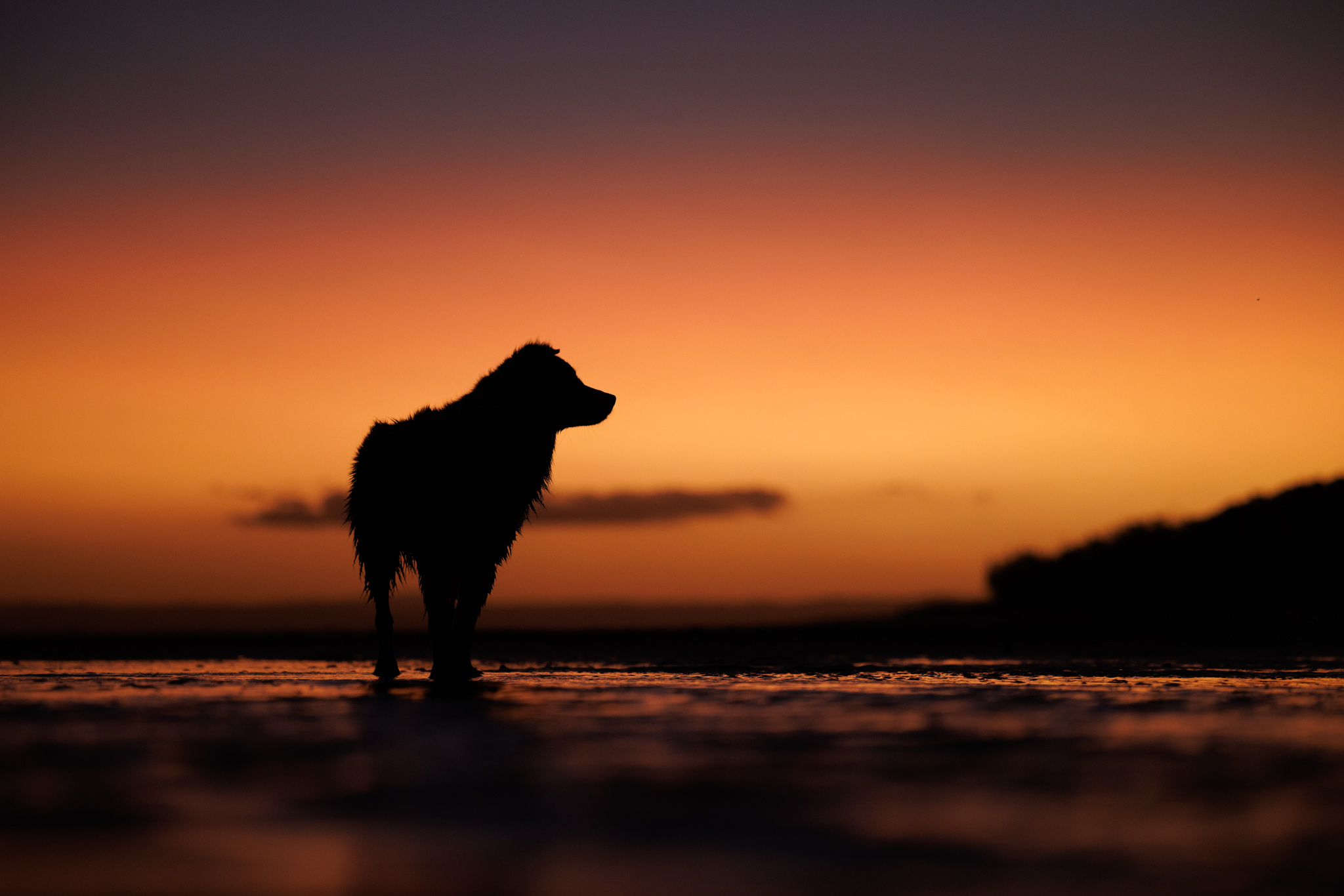
📷 Charlotte Reeves
RAW Image: Canon EOS R5, Canon RF 70-200mm ƒ/2.8L IS @ 104mm, ISO 1250, 1/500 sec, ƒ/2.8
Take a look at this side-by-side comparison of a full-frame camera and a crop sensor camera. The settings have been chosen to be identical. Do you see that there is a little bit more grunginess or “noise” in the one on the right - the image from the crop sensor camera? This demonstrates that it’s not quite as good as the full-frame camera at managing light in this situation. In this case, it’s nothing that can’t be cleaned up very easily in editing software, but it’s worth noting that it will become a lot more pronounced as the amount of light available decreases.
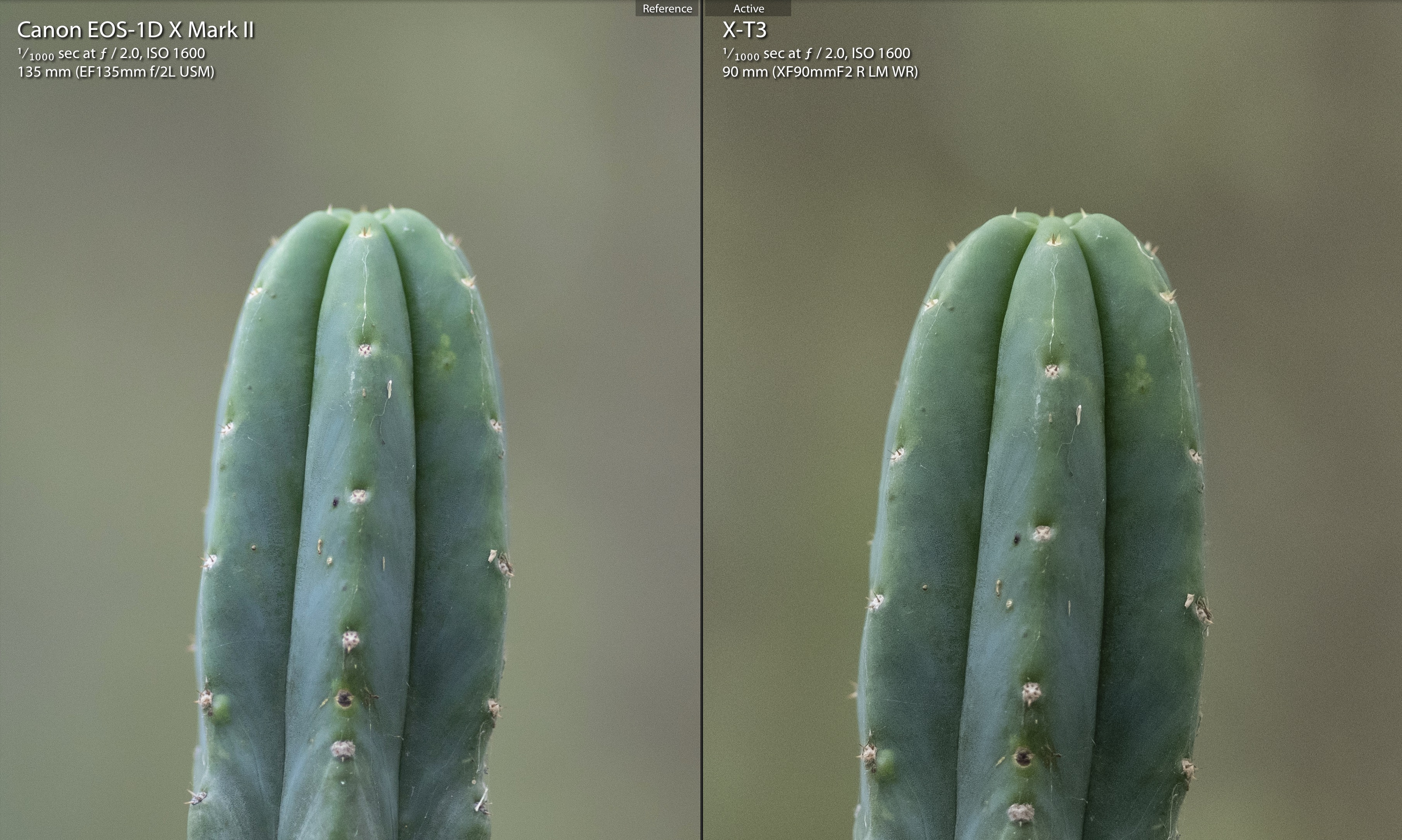
Cactuses can be pets too, right?
Secondly, we have something called “dynamic range”, which we’ll cover in more detail in another post. This is the range of brightest to darkest tones that can be captured before we start losing detail at one end or the other. As dog photographers shooting in natural light, we can often find ourselves having to work with greater dynamic range than our cameras can capture (think of shooting a dark dog in front of a bright sky) and so a camera with greater dynamic range can mean that we can recover detail in the really bright and really dark bits.
A full-frame camera generally has better dynamic range than a crop sensor.
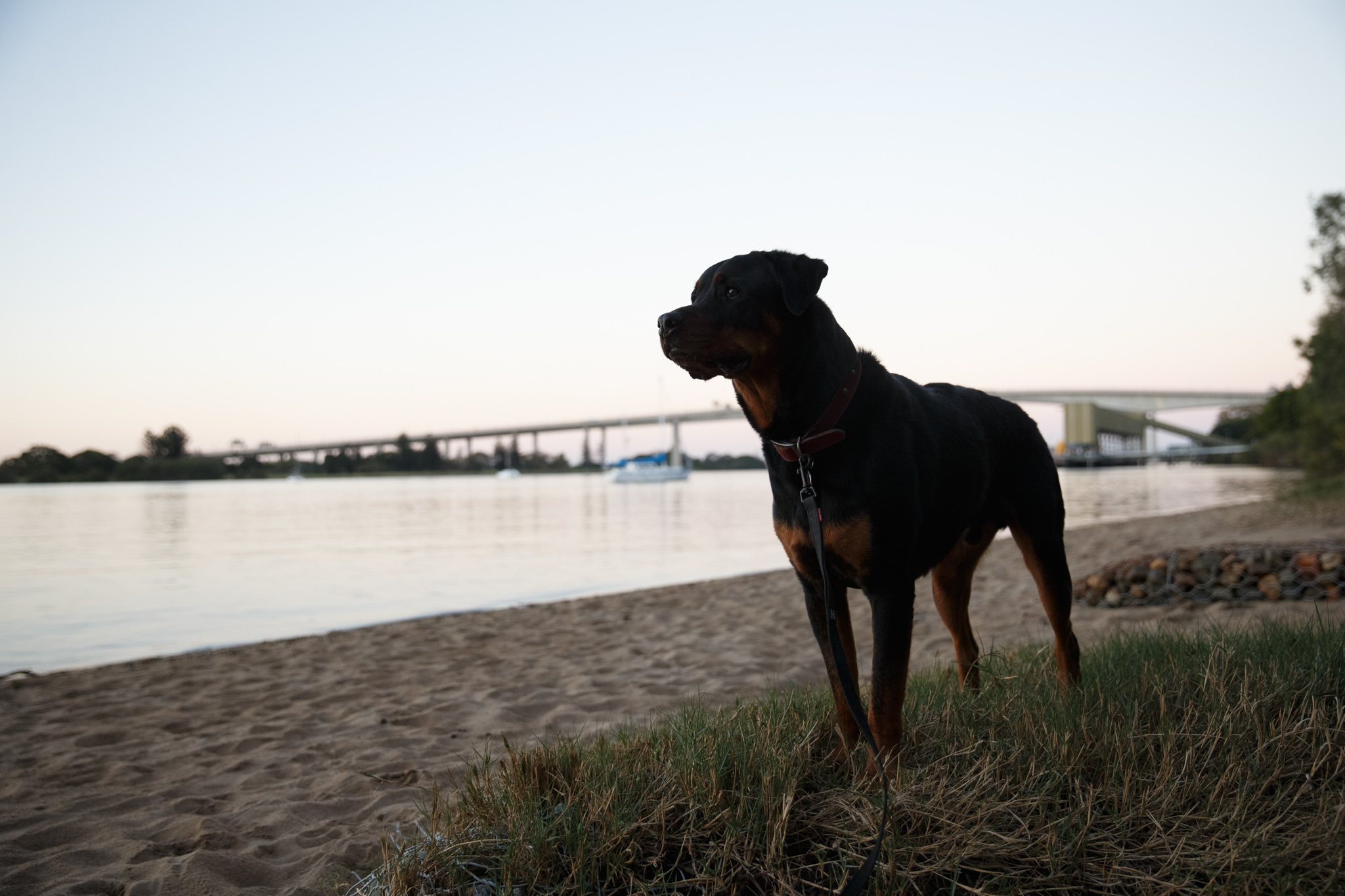
Of course, there’s a lot more detail lurking within a RAW file than the unedited version we initially see, so only when edited does all this dynamic range become visible.

📷 Charlotte Reeves
Canon EOS 1D X, Canon EF 70-200mm ƒ/2.8L IS II @ 100mm, ISO 1250, 1/500 sec, ƒ/2.8
Finally, we come to something called the “crop factor”.
You will probably be aware that lenses come in all sorts of different focal lengths. You’ll see talk of 50mm, 24-70mm, 135mm, and the ubiquitous 70-200mm, among many others. We’ll keep the discussion about focal lengths for another day, but for now, we’ll just say that, in basic terms, the smaller the number, the smaller your subject will look in the frame when they are at the same distance away.
So if you want to shoot something farther away, you generally want a longer focal length (bigger number) to help them look bigger in the final photo.
These numbers, however, all relate to full-frame sensor dimensions. Line up five full-frame cameras in a line, each with a 200mm lens on them, and the subject will be the same size in all of them.
Put a crop sensor camera next to them, with the very same lens, however, and the subject will appear much bigger.
Say what?
Without getting into the physics of it all, suffice to say that, for a crop sensor camera, any focal length will be magnified by about one and a half times (generally 1.5x for Nikon and Sony, 1.6x for Canon) to give you the equivalent focal length for a full-frame camera.
I’ll stick to the one-and-a-half times calculation for the rest of the discussion, but for Canon be aware it’s a smidge more if you’re being pedantic.
This means that a crop sensor camera with a 200mm lens will have the same reach as a full-frame camera with a 300mm lens! If you’re shooting far-off objects, that’s a massive difference!

Canon EOS R5 (full frame) at 135mm
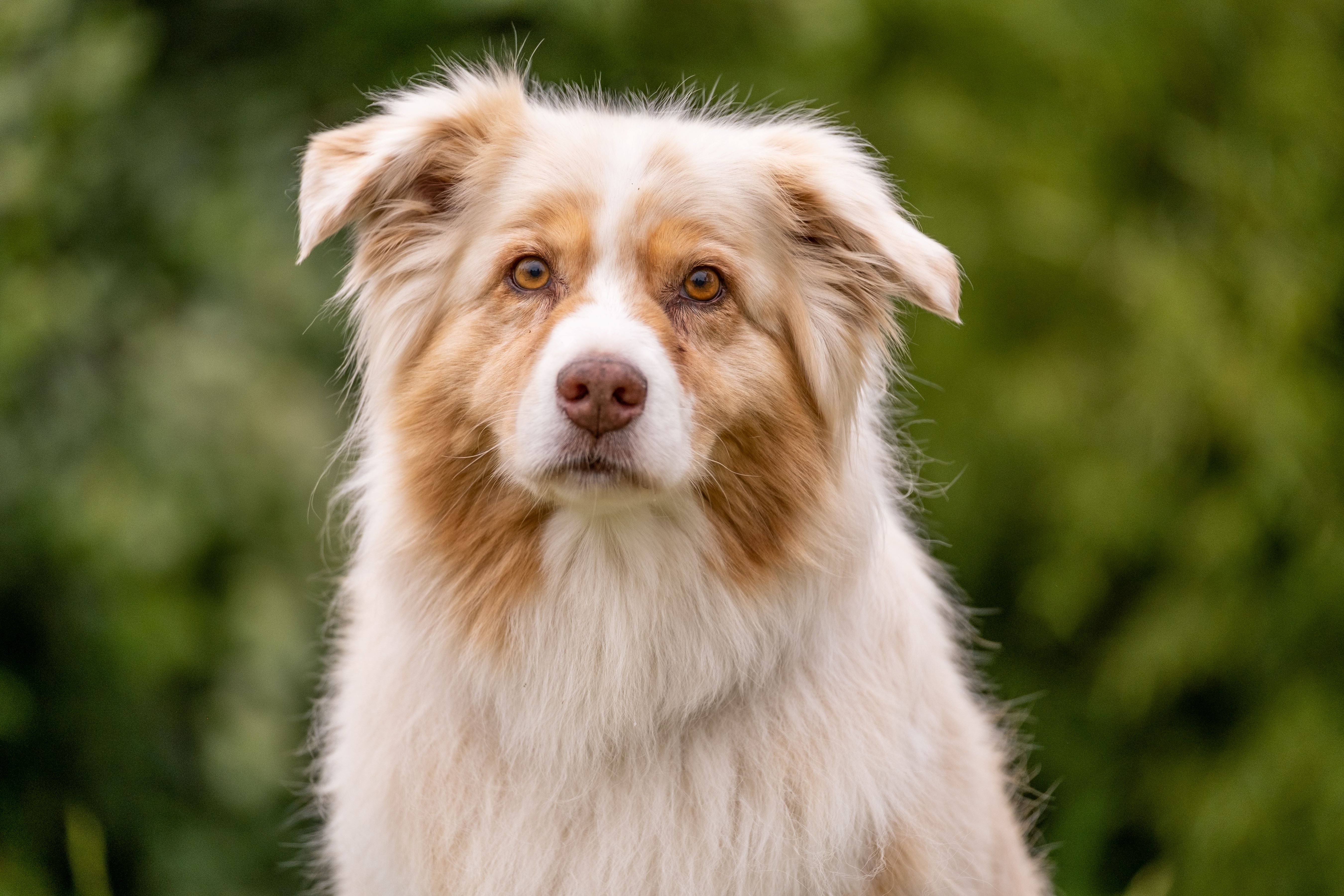
FujiFilm X-T3 (crop sensor) at 140mm - the subject appears much larger in the frame
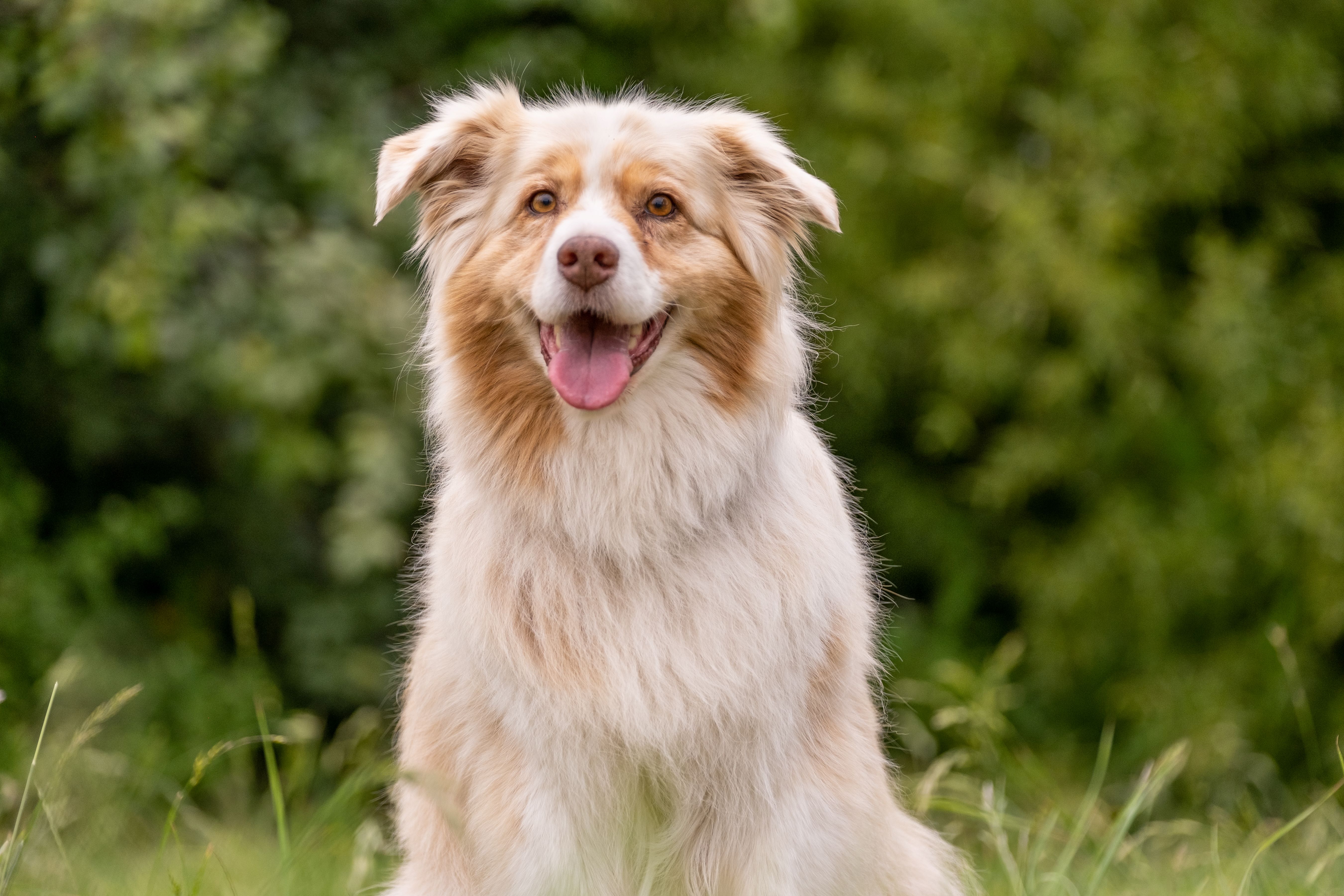
FujiFilm X-T3 (crop sensor) at 95mm, gives equivalent focal length the same as the full-frame 135mm.
Of course, the same holds true at the wider end of the scale, so if you like shooting with wide angle, then you have to take into account that a 24mm lens suddenly becomes 36mm on a crop sensor camera, and you will get less of the subject distortion that is ubiquitous with wide angle pet photography.
However, even when you take into account the different focal lengths, if we compare two images taken side-by-side with the same equivalent focal length, you can see that there are some subtle differences. The photo on the left was taken with a full frame camera at 100mm, and the one on the left is with a crop sensor camera at 68mm. The crop factor means that the equivalent focal length of the one on the right is the same 100mm. Can you see that, even though all the settings are the same, the full frame image has a creamier background? It’s not a huge difference, but if you yearn for those silky-smooth backgrounds, it’s something else to take into account.

Canon EOS R5 (full frame) at 100mm
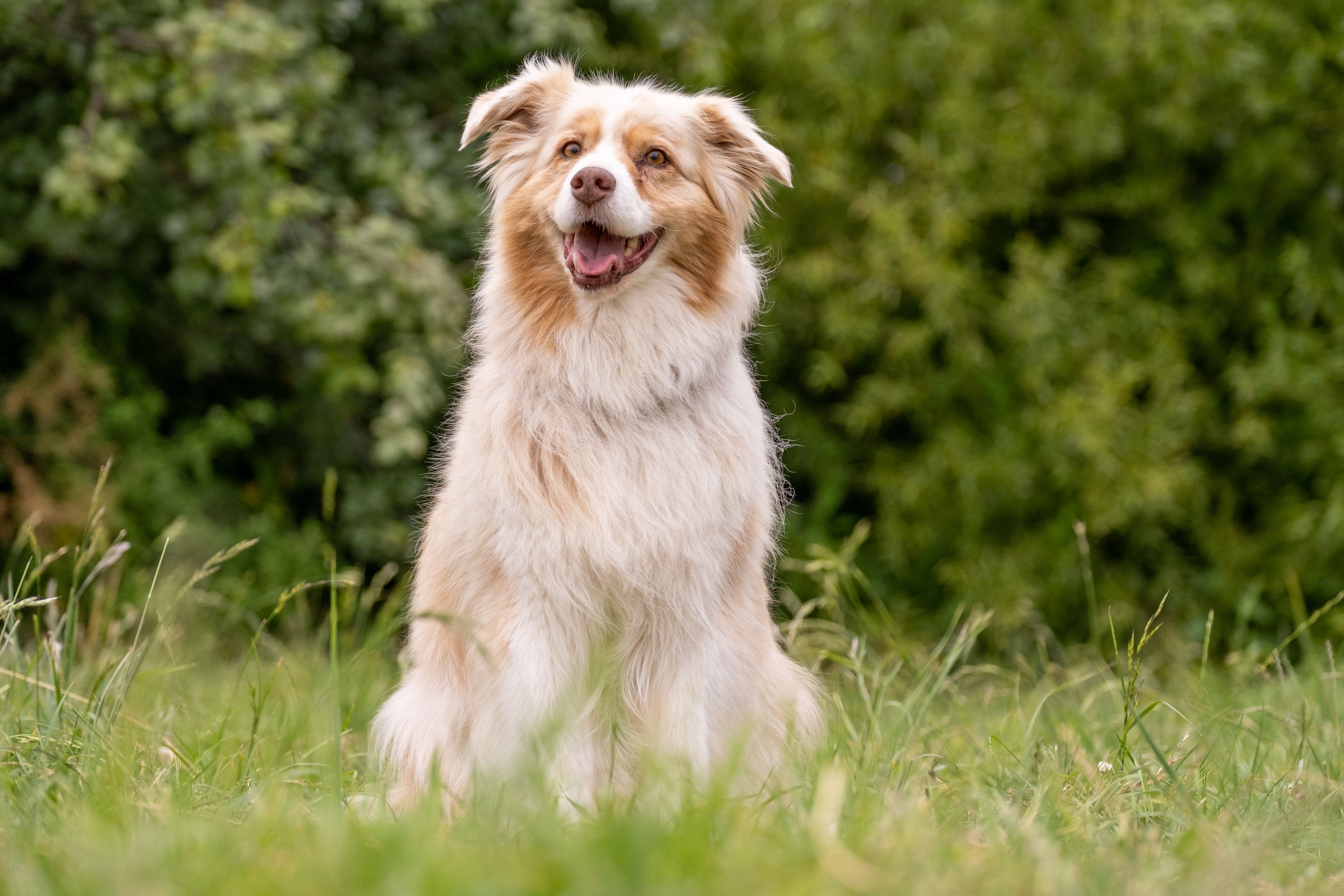
FujiFilm X-T3 (crop sensor) at 68mm
Some keyboard warriors will have you believe that a “professional photographer” only uses full-frame cameras and wouldn’t be seen dead with a crop sensor. This, like so many of the polarizing statements you see online, is balderdash. In fact, there are many people who make a living from photography (aka “professional”) who use crop sensor cameras, and there are many amateurs who use full-frame. And, whilst it is true that the more expensive cameras in a manufacturer’s range tend to be full-frame, that doesn’t mean that crop sensor cameras are bad.
What makes a crop sensor camera better than a full-frame camera:
- Usually cheaper
- Usually lighter
- More reach at longer focal lengths
- Smaller file sizes
What makes a full-frame camera better than a crop sensor camera:
- Usually better in low light situations
- Better dynamic range
- Wider field of view
To complicate matters a little more, there are lenses made specifically for crop sensor cameras, as well as full-frame lenses. We will be digging deeper into lenses in a future post.
So briefly, full frame lenses are generally better built, often have weather-sealing, and take sharper images than crop lenses. They are also a lot more expensive and heavier!
Full frame lenses can be used with crop sensor cameras, whereas, depending on your camera system, it may not be possible to use a crop lens on a full-frame body or, if you can, you have to change the settings in your camera so that it displays the correct information through your viewfinder, otherwise you may find yourself chopping bits off around the edges.
There is no such thing as the best camera, only the best camera for you, at this time. That takes into consideration what types of subject you want to shoot, in what sorts of environment, what your budget is, and how much weight you can manage, as well as who you’re shooting for.
Additionally, the technology in mirrorless cameras is coming on so quickly now, that the gap between the newer crop sensor cameras and older full-frame cameras is becoming smaller and smaller.
For many people, this means starting out with a crop sensor camera, adding full frame lenses when possible for the extra image quality they can offer, and then maybe, if appropriate, making the switch to full frame later on if you find yourself butting up against limitations with your technology. If you never do, then that’s OK, it means your camera is the right camera for you! Not everyone needs full frame!
More than anything else, keep in mind that it’s not the camera that makes the image, it’s you, the photographer! Yes, gear is awesome, but it always starts with you, your knowledge of the fundamentals of photography and light, understanding of your subject, and how to get the most out of the equipment you have.
Any questions? Drop them in our free pet photography community Facebook group!
Ready to test your knowledge? Complete the quiz!
Keen to learn more about pet photography shooting and editing? Join our membership!
Join our mailing list!
Want to improve your pet photography with free tips and expert advice?
Join our mailing list and get a guided tour of what we have to offer, along with our weekly newsletter packed with practical pet photography insights.
📩 Sign up now and start learning with us!
We hate SPAM. We will never sell your information, for any reason.

